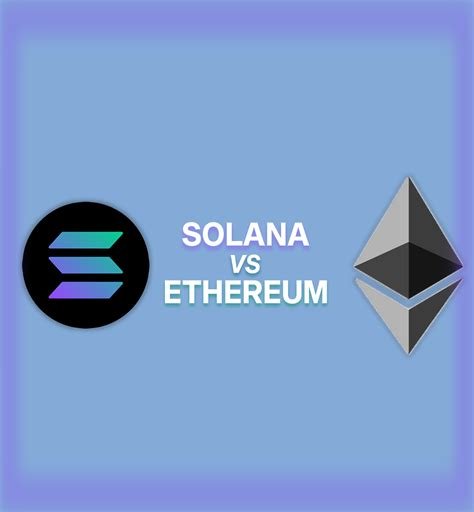Ethereum: How can one earn some Bitcoins with minimal skill requirements?
Earning Bitcoins with Minimal Skill Requirements: A Beginner’s Guide
As a newcomer to the world of cryptocurrency, you may be wondering how to earn some Bitcoins without investing too much time or effort. The good news is that there are several ways to start earning Bitcoins with minimal skill requirements. In this article, we’ll explore the different options and provide a step-by-step guide on how to get started.
1. Staking
Staking involves using your computer’s processing power to validate transactions on the Ethereum network. This process helps secure the network and rewards users who contribute their computing power. To stake, you need:
- A valid Ethereum address
- A wallet that supports staking (e.g., MetaMask or MyEtherWallet)
- The latest version of the Ethereum client
You can start staking by following these steps:
- Install the Ethereum client on your computer
- Set up a new wallet and connect it to the Ethereum network
- Connect your wallet to the staking pool (if using a pool, follow their instructions)
- Wait for the transaction to be confirmed (this may take several hours)
2. Mining
Mining involves using powerful hardware to solve complex mathematical problems on the Ethereum network. This process is called “mining.” To mine, you need:
- A compatible cryptocurrency mining rig or computer
- A valid Ethereum address
- A wallet that supports mining (e.g., MetaMask or Electrum)
- The latest version of the Ethereum client
You can start mining by following these steps:
- Install a cryptocurrency mining software on your computer (e.g., CGMiner or EasyMiner)
- Set up a new wallet and connect it to the Ethereum network
- Configure your mining rig according to the manufacturer’s instructions
- Start mining using your computer’s processing power
3. Participating in Mining Pool

If you don’t have the necessary hardware for solo mining, you can join an existing mining pool. This allows you to pool your resources with other miners and share the rewards. To participate in a mining pool:
- Find a reputable mining pool (e.g., Slush Pool or F2Pool)
- Create an account on the pool’s website
- Set up a new wallet and connect it to the pool
- Wait for the transaction to be confirmed (this may take several hours)
4. Investing in Crypto-Backed Assets
You can also earn Bitcoins by investing in crypto-backed assets, such as Bitcoin futures or options contracts. These investments are essentially derivatives of the underlying asset, allowing you to bet on future price movements.
To invest in a crypto-backed asset:
- Choose an online broker that offers cryptocurrency trading (e.g., Coinbase or Kraken)
- Fund your account with Bitcoin
- Set up an investment strategy (e.g., buying and holding for the long term)
5. Renting Out Your CPU/GPU
While this method requires some technical expertise, it can be a profitable way to earn Bitcoins in the short term.
To rent out your CPU or GPU:
- Create a new wallet and connect it to an online marketplace (e.g., Cudo Miner or BitMinter)
- Set up your mining rig according to the manufacturer’s instructions
- List your mining rig for rent on the platform
- Wait for clients to contact you and agree to pay for your services
Conclusion
Earning Bitcoins with minimal skill requirements requires some effort, but it can be done with the right tools and strategies. Staking, mining, participating in a mining pool, investing in crypto-backed assets, and renting out your CPU or GPU are all viable options. Remember to always research and understand the risks involved before getting started.
Additional Resources
For more information on earning Bitcoins, check out these resources:
- Ethereum.org (official Ethereum documentation)
- Cryptocurrency news websites (e.g.